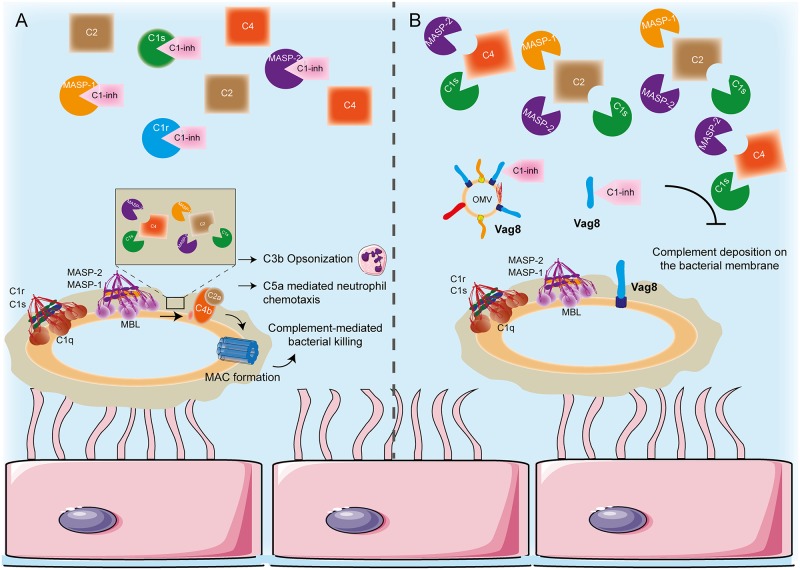Fig 8. Proposed mechanism for Vag8 mediated complement evasion.
(A) In the absence of Vag8, C1 and MBL/MASP complexes are formed on the bacterial surface which results in the activation of the CP and LP proteases. These proteases cleave C4 and C2 and give rise to the C3 convertase (C4bC2a). Any C1s, C1r, MASP-1 or MASP-2 not part of a bacterial surface bound complex remains inactive by association with C1-inh and hence free intact C4 and C2 is available for recruitment upon complement activation on bacteria. (B) In the presence of Vag8, either the secreted passenger or as part of an OMV, the interaction between C1s, C1r, MASP-1 or MASP-2 and C1-inh is interrupted as Vag8 hijacks this inhibitor. This results in the presence of active proteases in the bacterial environment which cleave and hence deplete the free C4 and C2. The lack of C4 and C2 to be cleaved and deposited on the bacterial membrane upon recognition of B pertussis by C1 and MBL complexes will lead to decreased complement deposition on the surface of B. pertussis and subsequent bacterial killing. Epithelial cells were adapted from Servier Medical Art, provided by Servier under a CC-BY 3.0 license (available at: http://www.servier.com/powerpoint-image-bank).

